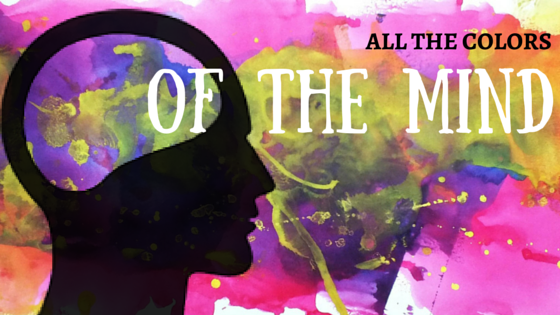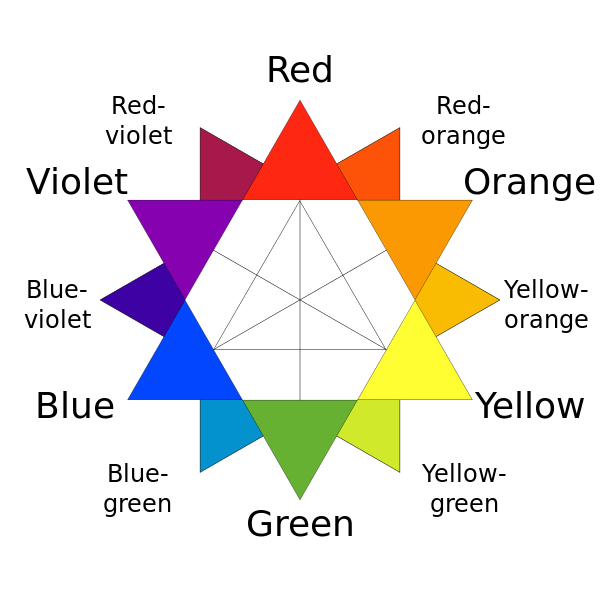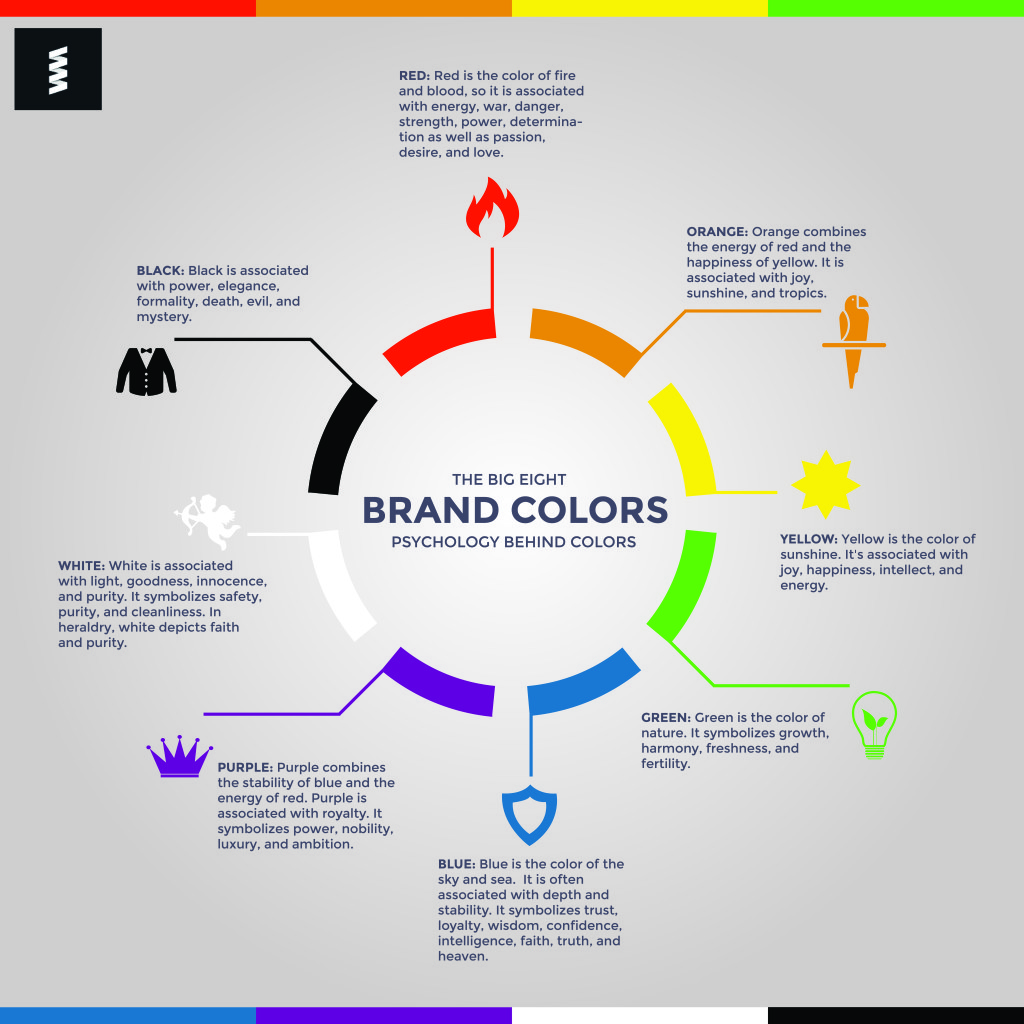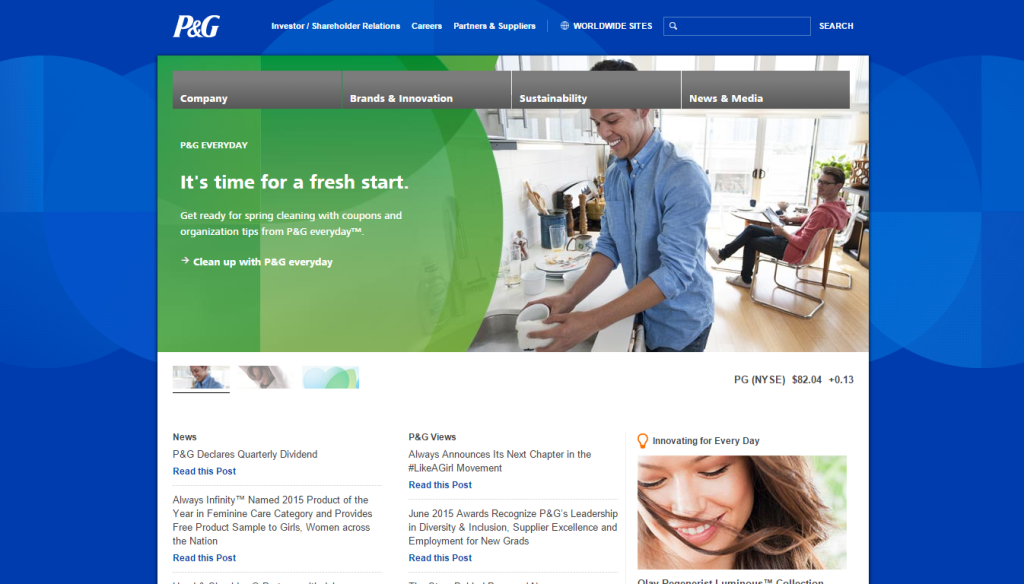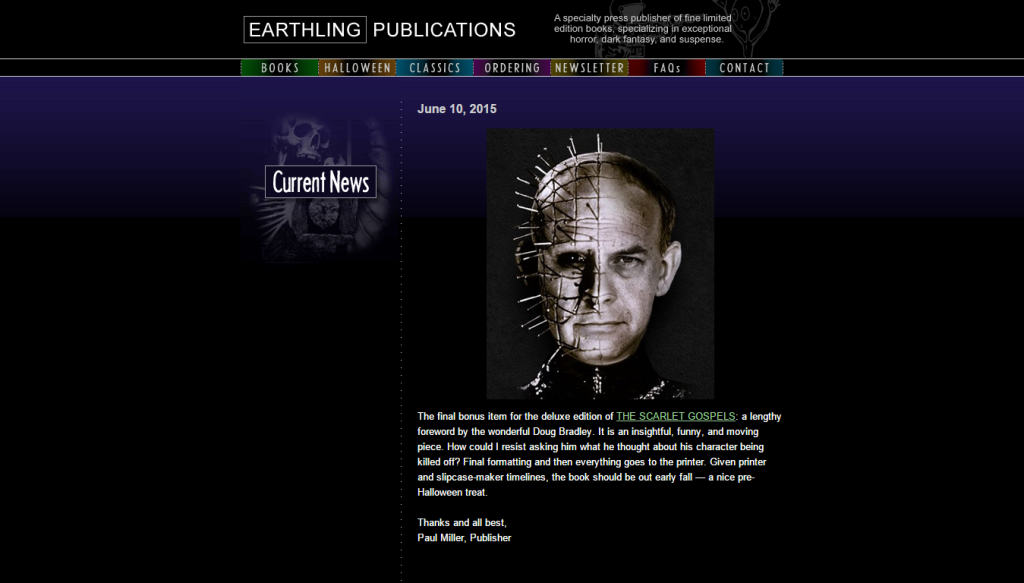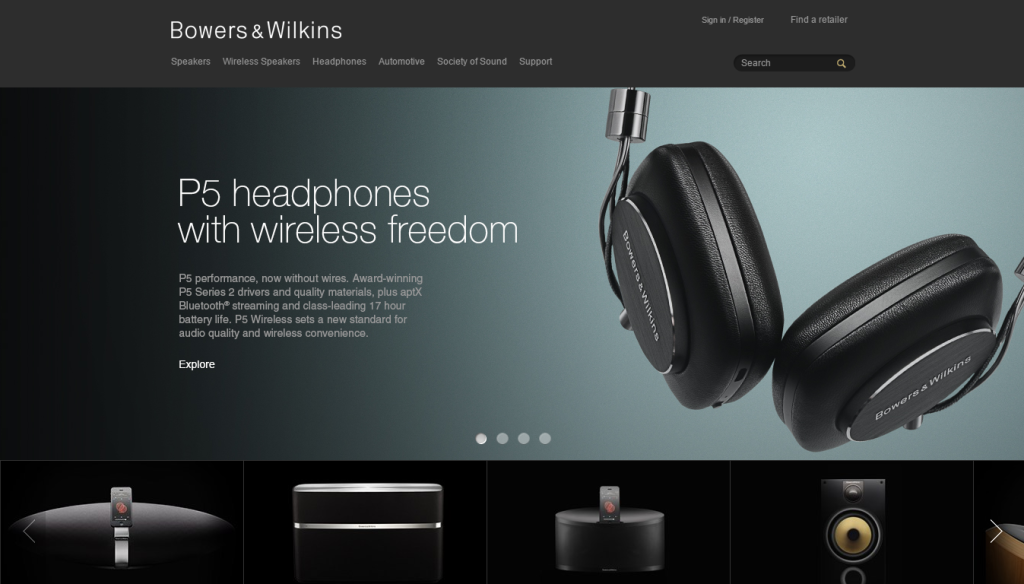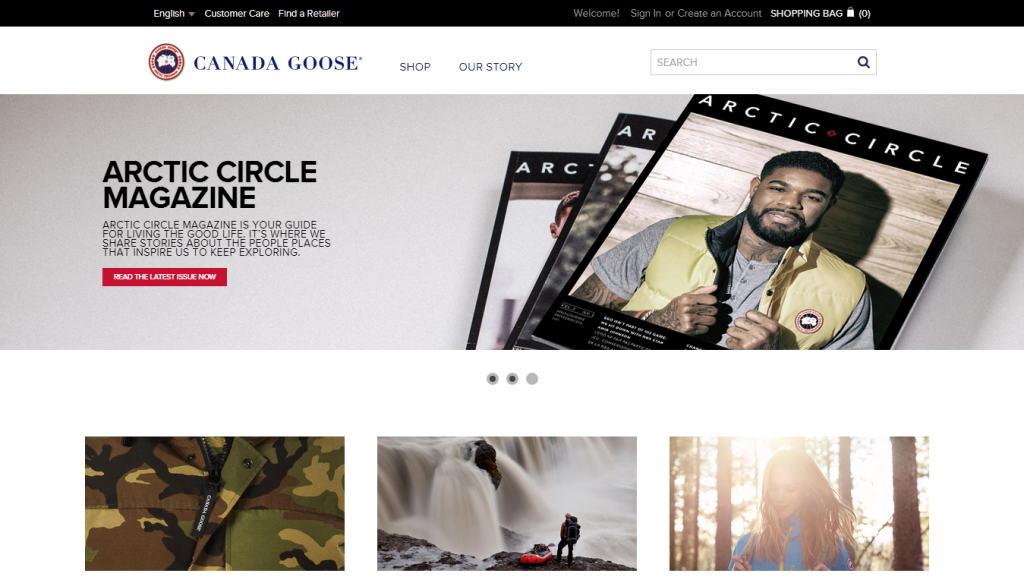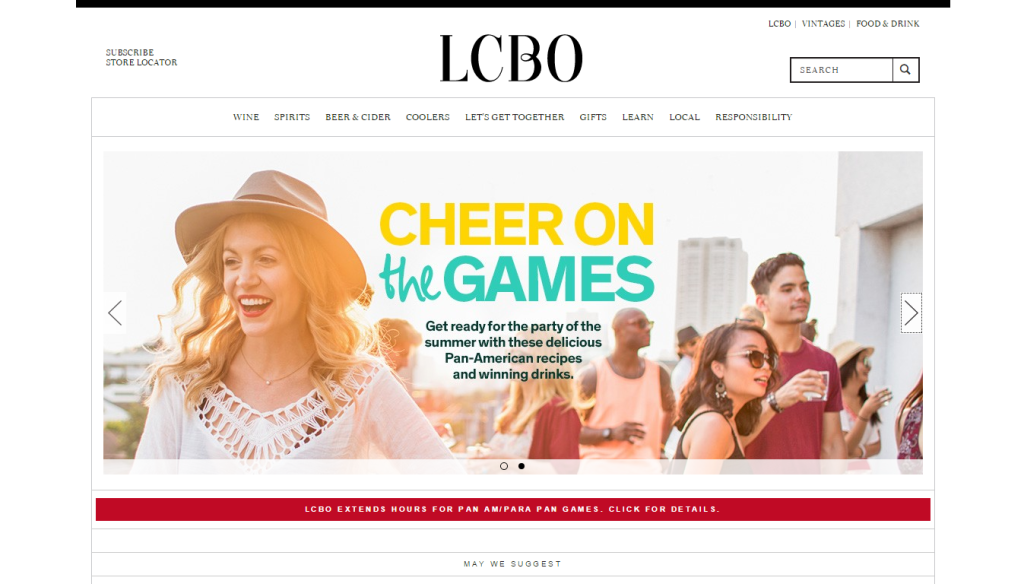Color has the ability to evoke a wide range of emotions in the spectator. Of all the visual impressions, it’s the one that brings the most feelings, colors can induce happiness or sadness, and using them different moods can be expressed.
Colors and feelings are not associated by accident, they are universal experiences deeply rooted in us since childhood, in our language and thoughts. This effect is not innate like speech, because colors are known during infancy the significance becomes internalized.
On a study made by Calvin K. L. and Heller H. L. Wang about color association it was found that one particular color can act in a different manner on each occasion, this happens because no color is ever presented by itself, it is always accompanied by other colors. For this reason, the influence of each color on a spectator can produce different and sometimes opposing sentiments. From love to hate, joy to sadness, beauty to ugliness, modern to antiquate and so on. No color lacks connotation and the repercussions will be determined by the context, which is to say by the connection of meanings that each individual perceives. The same color will cause a different effect on the same spectator coming from a shirt, a room, a painting or food.
In terms of color on an image or design, the primaries are the ones that will always be remembered more by the observer. Primary colors are red, yellow and blue; secondary colors are green, orange, purple followed by subordinate mixes of them such as pink, gray or brown. It’s argued among color theorists if black and white are truly colors, while silver and gold are often ignored.
In a psychological sense all of these colors are independent and important. Even though pink comes from red it produces a completely different effect. Grey is a mix of black and white, but the impression it causes is dissimilar. Similarly brown is derived from orange but they produce the opposite effect.
Color psychology is widely used in marketing and branding. It is an important part considering the influence it can cause on consumers’ emotions and perceptions. One should first determine the target market before making color decisions to align with the key message and emotions being conveyed in a piece.
There are some color associations which are mostly universal, and should be considering when designing visual communications.
For inspiration and reference, here are some examples of websites that have used this color psychology to their advantage in their design.
Red
Yellow
Blue
Green
Orange
Purple
Black
White
Special thanks to Psychotherapist Luis Vargas Palacios (Follow Him on Twitter) for his contribution to this article.

